Most people are curious about When Is Hedgehog Mating Season. It’s from April to September.
Hedgehogs are fascinating animals with unique, spiny coats and cute, curious personalities. These small animals are very important to the areas where they live. You can find them in fields and woods. One exciting part of their lives is mating season, which is very important for the survival of their species. Understanding how hedgehogs mate is not only fun for people who like animals, but it’s also essential for protecting them.
This blog post is about hedgehogs and will focus on the time of year when they mate. We will talk about when and how hedgehogs mate, the strange things they do during their mating routines, and why this season is so crucial to their life cycle. We’ll also talk about their problems during this time and what that means for all of their people. Whether you’ve been watching hedgehogs for a long time or are just now learning about these cute animals, this post will surely give you exciting and helpful information about one of nature’s more thorny but cute animals.
Table of Contents
Hedgehog Reproduction in Detail
Breeding Season
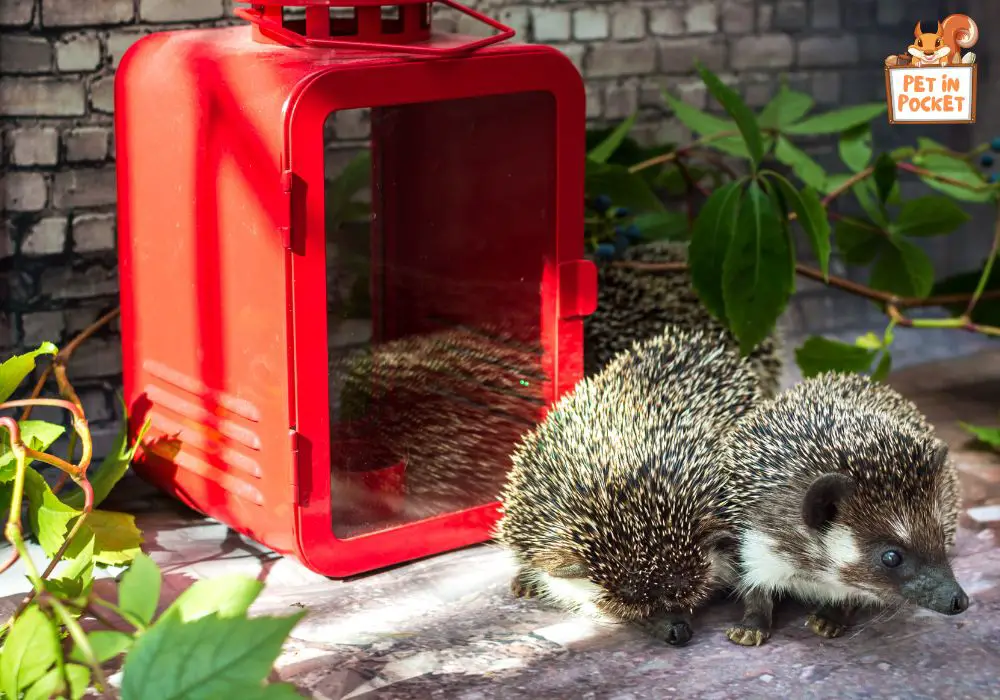
Hedgehogs breed in spring and summer. At this point, the weather is good, and plenty of food is essential for the babies’ survival. In some places, hot ones, there may be a second breeding season in late summer or early fall. This gives the population a second chance to grow in the same year.
Courtship and breeding Rituals
The hedgehog has a unique and long breeding routine. This behavior, which can last for hours, is typical for male hedgehogs to circle and talk loudly around a female. This site is essential for ensuring the female is ready to mate. The sounds and actions may also be used to scare away other males and let other males know that the male is there and ready to mate.
Gestation Period and Birth
The female has a gestation period of about 35 to 40 days after mating. Hedgehogs usually have between one and seven babies in a litter, with four to five being the most common number. Hedgehog babies, called hoglets, are very fragile when first born. They are blind and have soft spines when they are born, but these harden within a few days to give them their unique defense.
Care from the mother and weaning
The mother is essential for the life of her kids. She is the only one who can care for and watch over them until they are old enough to take care of themselves. About 4 to 7 weeks pass during the weaning stage for hedgehogs. During this time, the young hoglets learn the skills and get more potent enough to live independently.
Realising They Are Sexually Adult
Hedgehogs become sexually active pretty quickly, usually within their first year. This fast maturity is significant for hedgehog populations to grow and recover, especially in places where their numbers are falling.
Factors Influencing Hedgehog Mating Behavior
| Environmental Conditions | The quality of the environment, the amount of food available, and the number of good places to nest all significantly affect how hedgehogs mate. When the conditions are good, there are more breeding events, but when the conditions are bad, there are fewer mating events and smaller baby sizes. |
| Population size and change | In places where there are many people, hedgehogs may have to compete harder for mates, making them act more aggressively or persistently when trying to mate. On the other hand, hedgehogs may have a more challenging time finding a mate in places with few, which could make breeding less successful. |
| Age and Health | Hedgehogs’ overall health and age are big factors in how well they can mate. Older and healthier people tend to have better luck finding a partner. Hedgehogs that are younger or not as healthy may need help finding mates or raising their young. |
| Man-made impact | Population growth, habitat loss, and threats like car accidents and pesticide use can hurt hedgehog numbers. Not only do these things make less territory available for hedgehogs, but they also make it harder for them to find mates and safe places to nest. |
When Is Hedgehog Mating Season?
When hedgehogs mate, it depends on where they live, the weather, and other surrounding elements. The best time for hedgehogs to mate is usually during the warmer months, from late spring to early fall. There may be some differences in time, though, depending on the area and surrounding conditions.
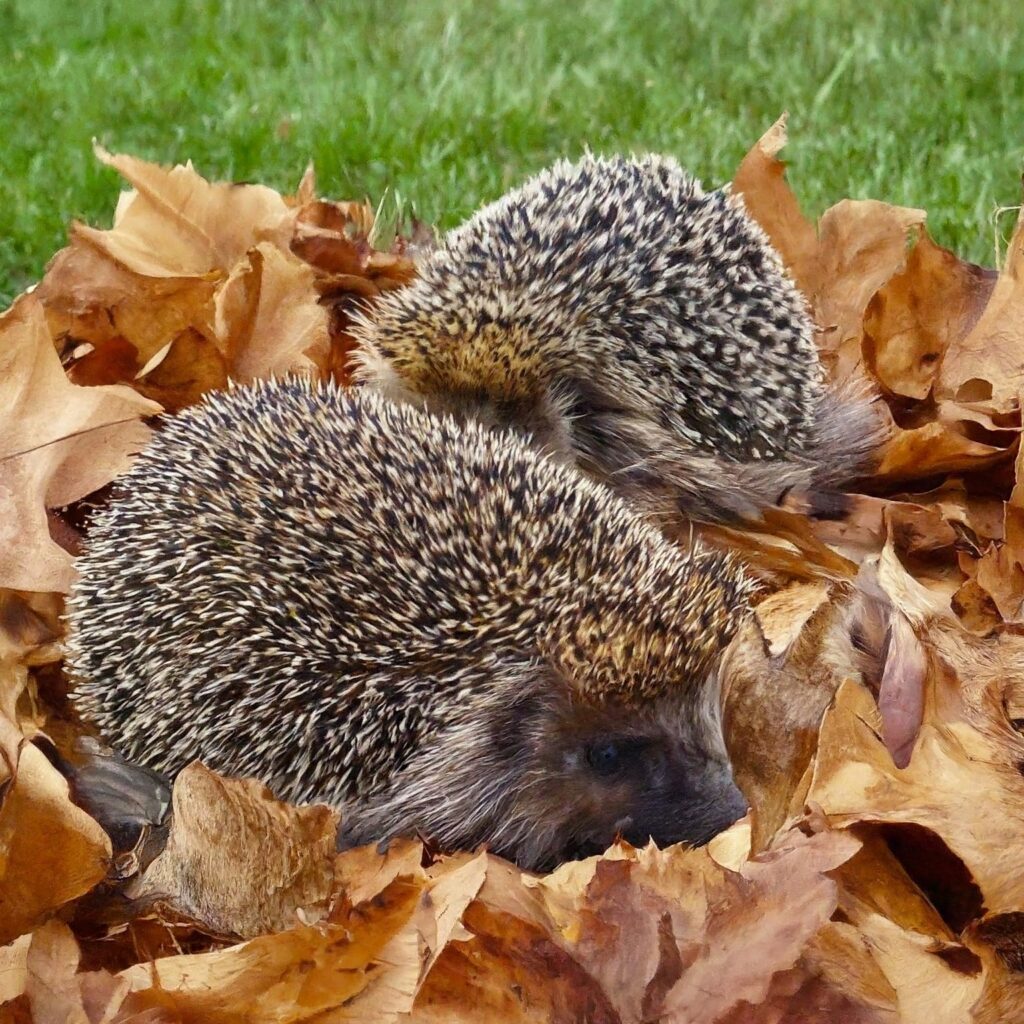
Exactly when hedgehogs mate
The spring and early summer months, mainly from April to September, are when hedgehogs mate. Since hedgehogs may be found all over the globe, this time varies significantly according to the temperature and geographic region. Male hedgehogs become more active during this period and prowl about looking for females to mate with.
Hedgehogs emerge from hibernation and begin mating as the weather warms and the number of daylight hours increases. Hedgehog males may exhibit courting behaviors, such as snorting, circling, or trailing after a female to find a mate. During this time of year, female hedgehogs become more open to mating and may even let males approach them.
For hedgehogs, the gestation period lasts around 35 days after mating. This indicates that hoglets, or newborn hedgehogs, are usually born in late May or early October. The mother and her young must survive during these months because of the higher temperatures and the availability of food sources.
Hedgehog mating season generally runs from April to September. However, specific dates may vary by location. This period corresponds to the arrival of spring and the warmer months when
Geographical Effects on Hedgehog Mating
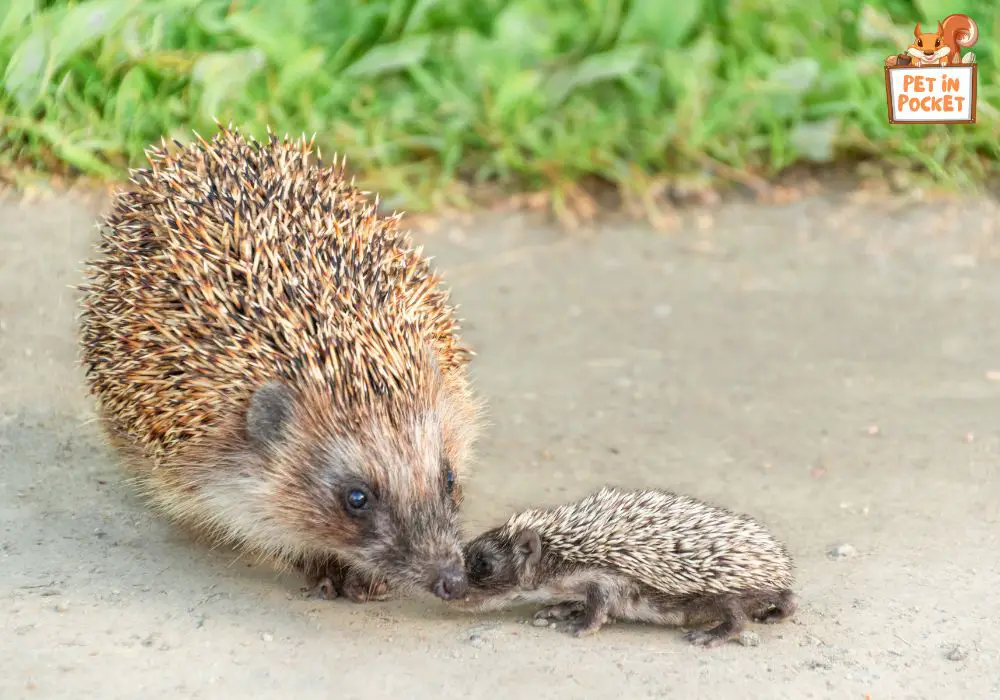
Hedgehogs’ reproductive habits and general population dynamics may be significantly impacted by their mating site. Small nocturnal animals and hedgehogs may be found around the globe, particularly in Africa, Asia, and Europe. Due to several circumstances, their successful mating practices and geographic location might differ:
Climate and Seasonality
The climate and seasonality of their environment impact hedgehog mating behavior. Seasonally different areas, like temperate climates, see hedgehogs mating during the warmer months when food is more plentiful and the atmosphere is more conducive to producing young. In contrast, because of the year-round availability of food and generally steady environment in tropical places, hedgehogs may not display notable seasonal mating patterns there.
Hibernation
During the winter, hedgehogs in colder climates may hibernate. When they are active and looking for partners, mating usually occurs before or after hibernation. The local temperature and geographic location may affect when animals go into hibernation.
Population Density
A population’s density may also be influenced by its location. It may be easier for hedgehogs to locate spouses in highly inhabited areas than in poorly populated ones, which might impact both the genetic variety and success of mating.
Habitat Availability
Depending on the area, different habitats may be more or less available for nesting and rearing offspring. Regarding nesting possibilities, urban regions could vary from rural or natural settings. The availability of nesting materials and shelter may influence the success and timing of hedgehog mating.
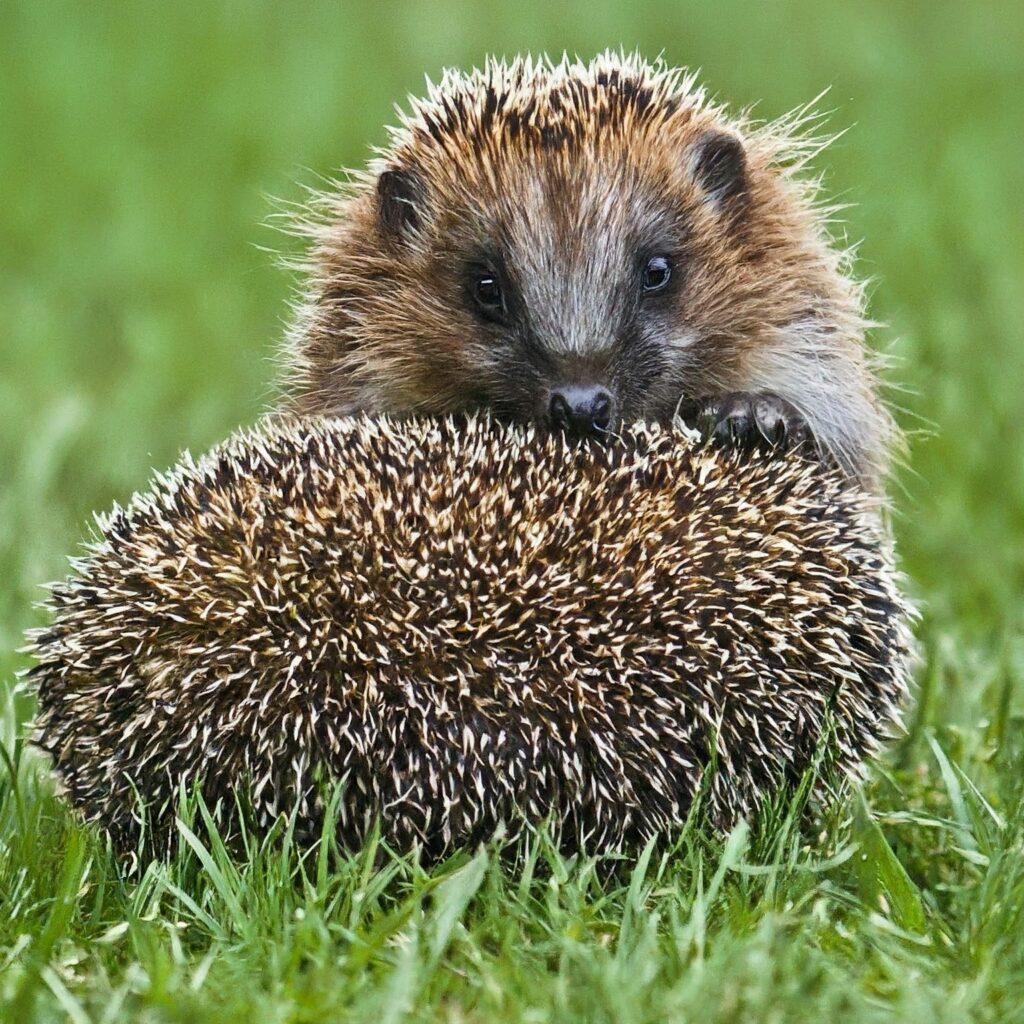
Dynamics of Predators and Prey
Geographic regions with distinct predator and prey dynamics may influence hedgehog mating behavior. Hedgehogs may modify their mating habits where they face significant predation pressure to reduce the dangers to both themselves and their young.
Human Impact
Road building, pollution, and habitat degradation are examples of how human activity may impact hedgehog populations throughout various regions. These variables may cause population decreases in certain areas by interfering with mating patterns.
Conclusion
In conclusion, the hedgehog mating season is usually late spring or early summer, depending on the species and environment. Male hedgehogs court and mate with females this season. Hedgehogs and wildlife fans must know about this season to safeguard these rare critters. Understanding when hedgehogs are most vulnerable and keeping their habitats secure and undisturbed will help these beautiful and environmentally essential creatures survive. Awareness of hedgehog mating season may also help conserve hedgehog numbers for future generations.
FAQ
What signs indicate hedgehog mating season in my area?
Observing hedgehog behavior might indicate the breeding season. Male hedgehogs may seem more active and noisy when searching for mates at night, grunting. Hedgehogs may also go further and further.
Does every hedgehog mate at the same time?
Not all hedgehogs mate simultaneously. The mating season depends on hedgehogs, their age, and their habitat. Some mate early or later during mating season.
In mating season, how can I attract hedgehogs to my garden?
Create a hedgehog-friendly garden during mating season to attract them. Leave food and water available, provide safe hiding locations like leaves or logs, and avoid pesticides and chemicals that damage hedgehogs and their diet.
What should I do if hedgehogs mate in my garden?
If you see hedgehogs mating in your yard, stay away. Hedgehogs should be allowed to mate naturally during mating season.
What precautions should I take during the hedgehog mating season?
Hedgehogs may hide in thick grass or behind trash during mating season, so use garden equipment and mow carefully. Before going outside, check for hedgehogs to prevent harming them.

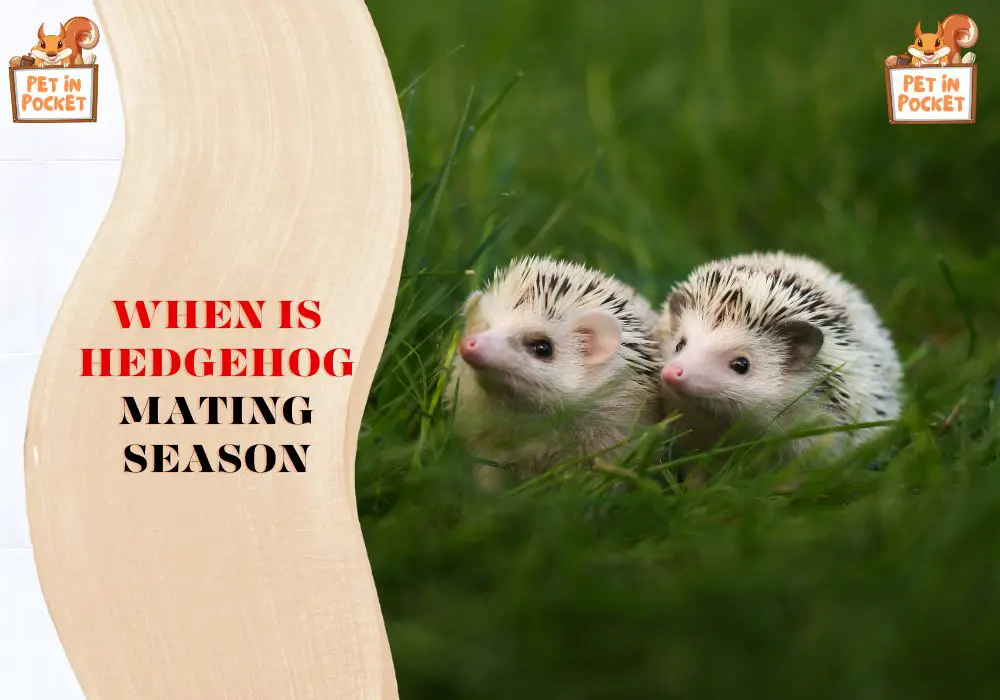



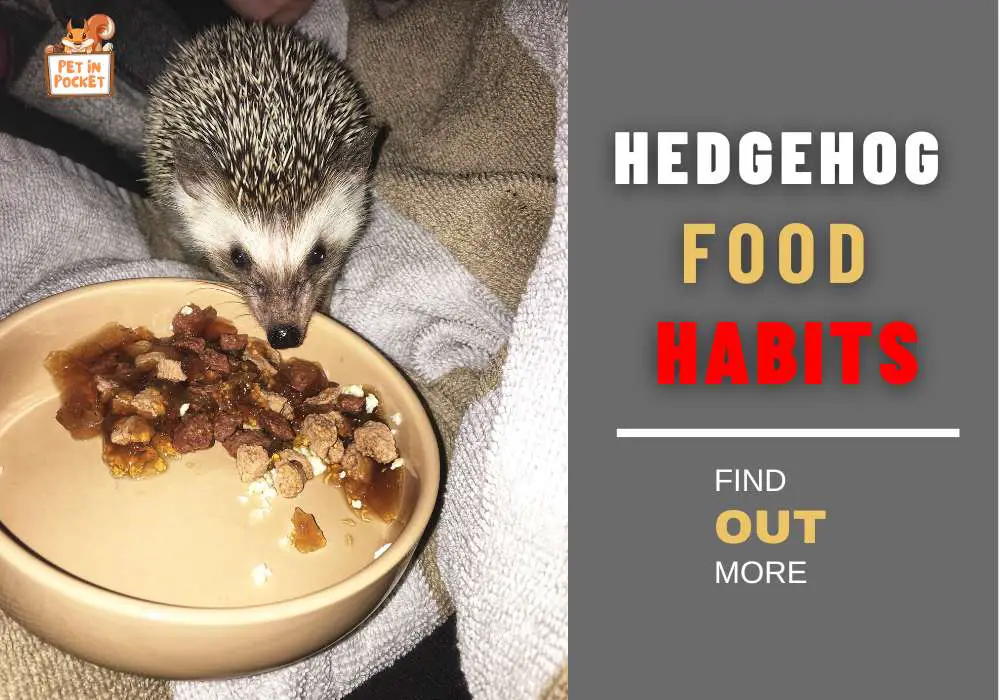
Leave a Reply